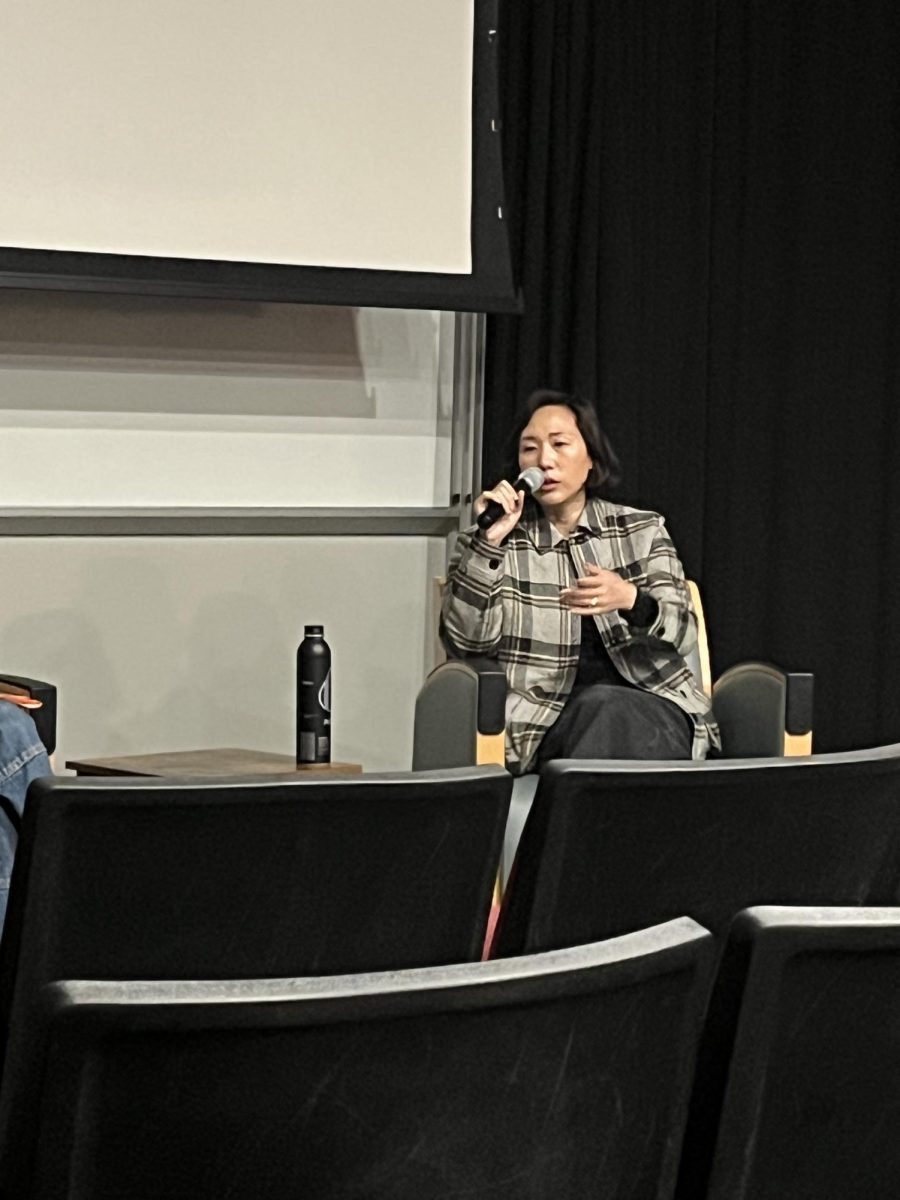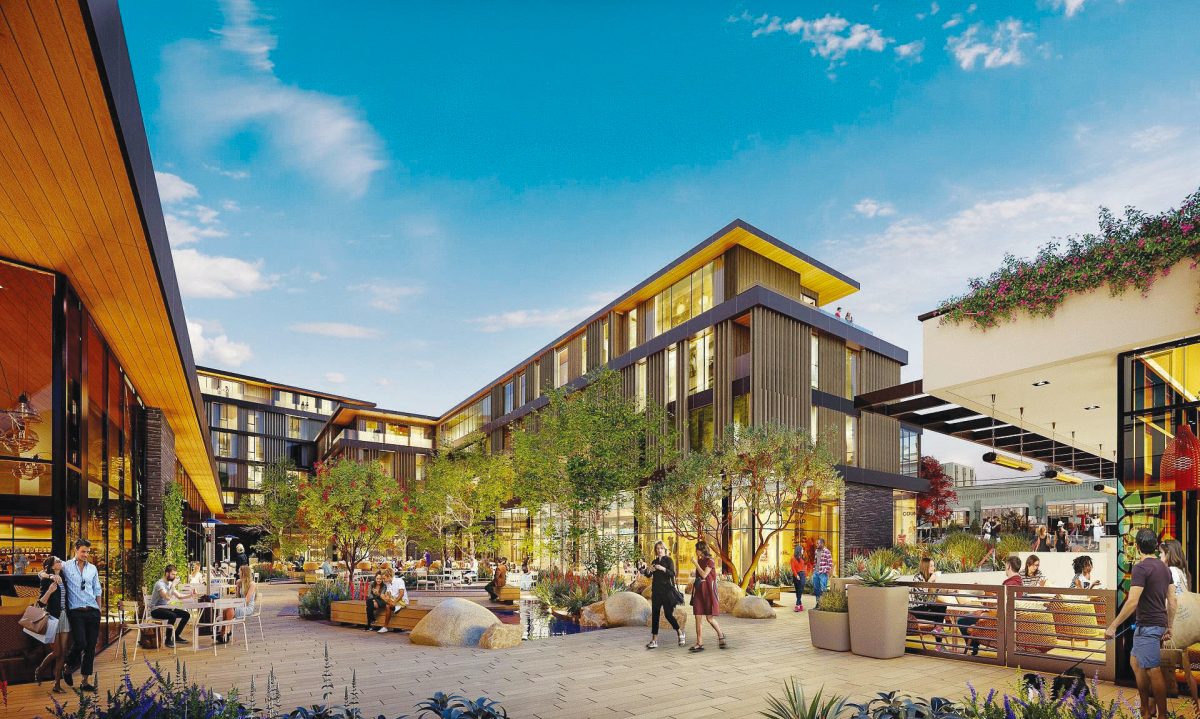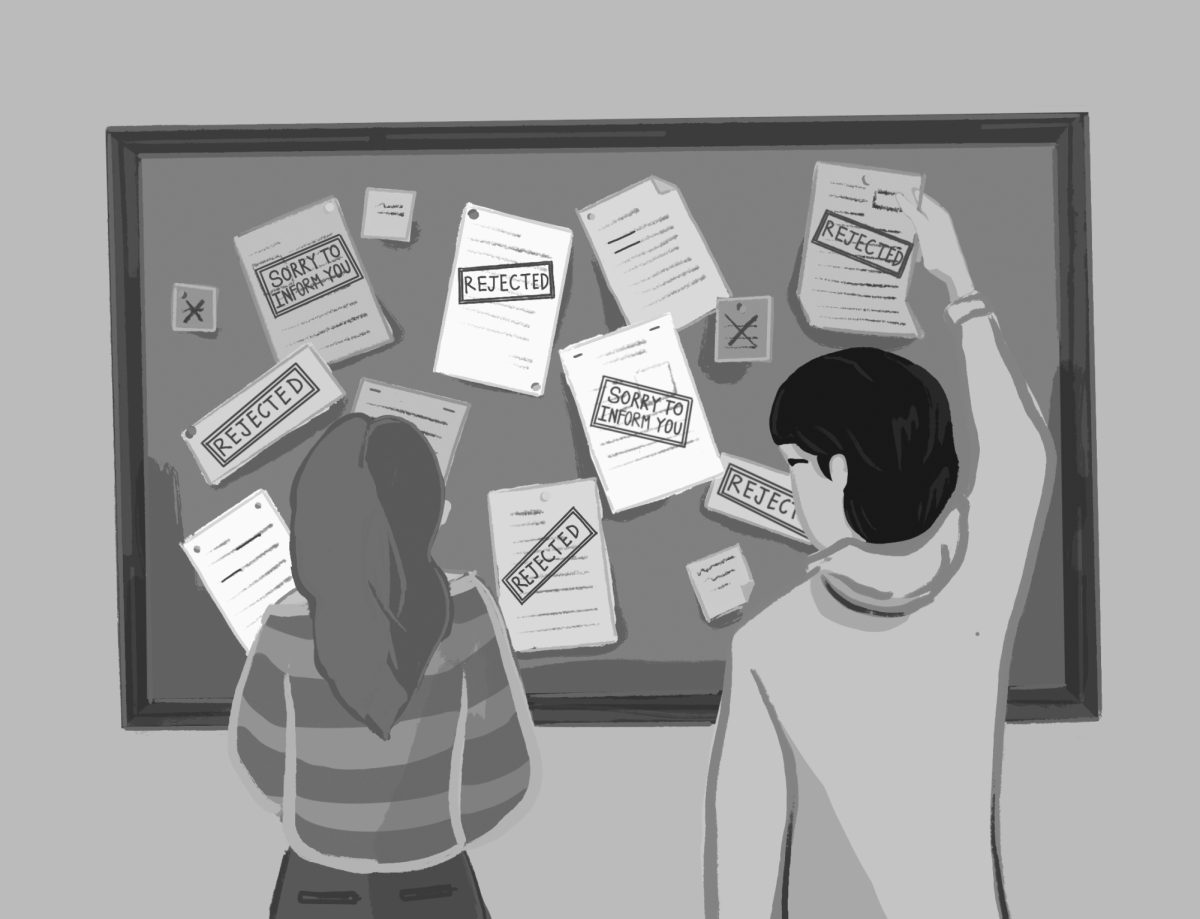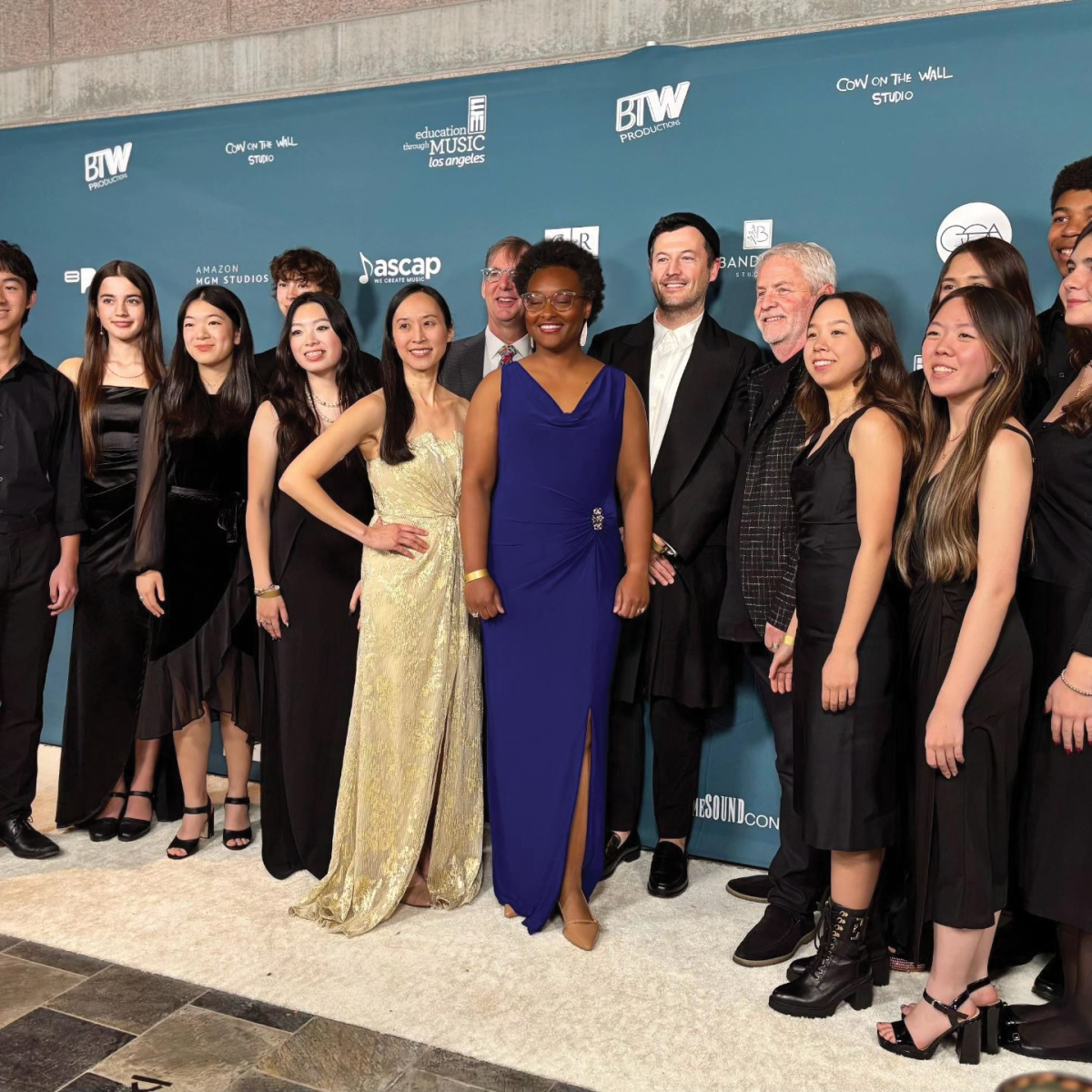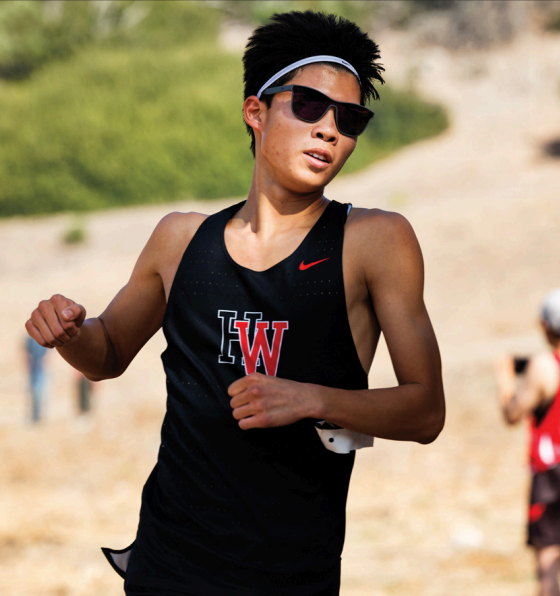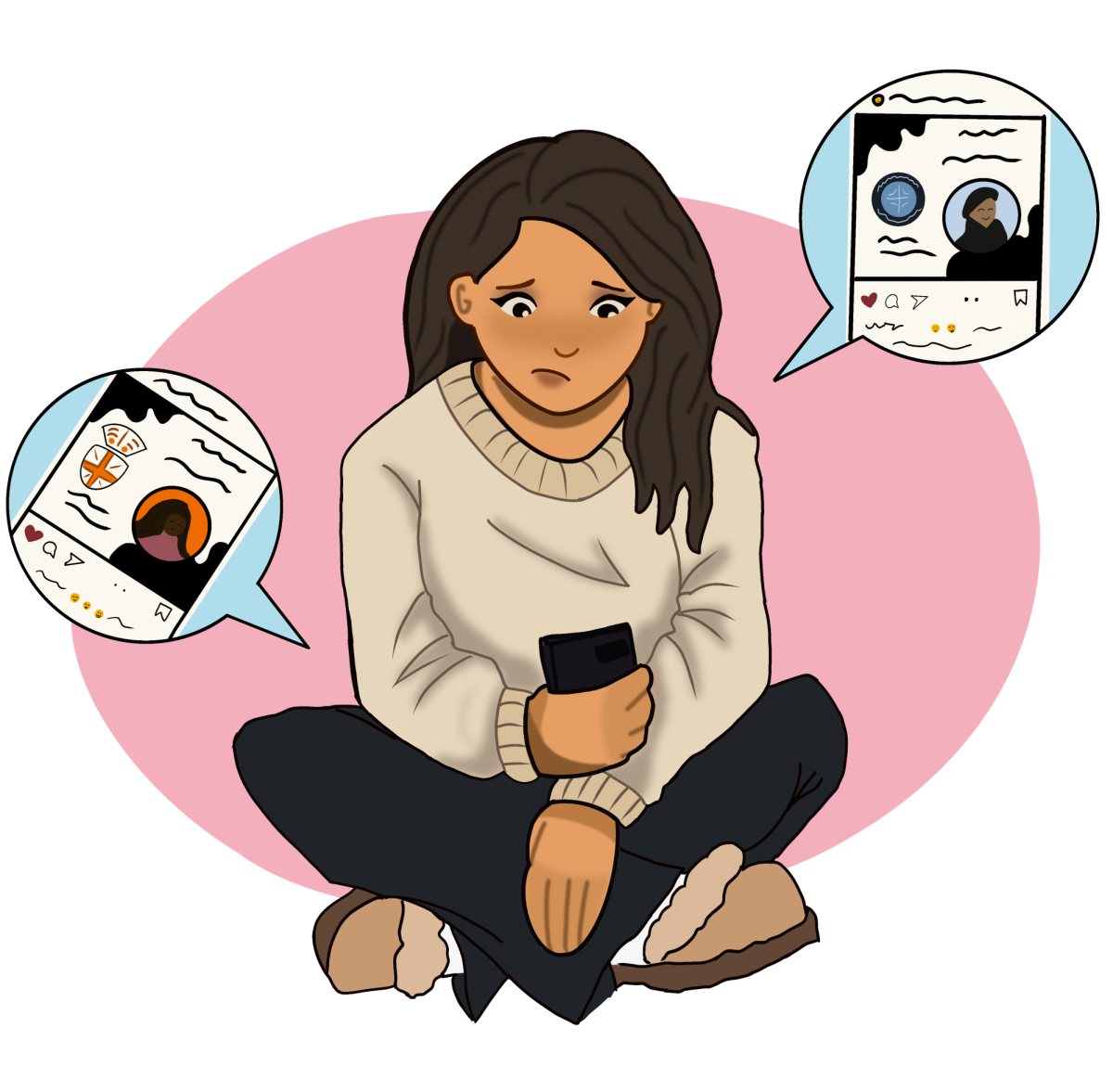When Eric Vartany ’24’s older sister graduated from the Upper School in 2018, she told him about the unwritten rule of college applications: don’t talk about them. Back then, most students shared their plans with only one or two close friends, fearing that oversharing might only increase the competition or lead to embarrassment if things didn’t go their way.
As a senior, Vartany said he noticed a shift from the secrecy his sister described to a culture that included those in his own class making spreadsheets of where others were applying, thus contributing to the competitive nature of the school.
“Students complain about how competitive the process is while simultaneously contributing to it by doing things like this,” Vartany said.
In recent years, a trend of posting one’s own or their friends’ acceptances emerged. Platforms like Instagram and TikTok have allowed for more visibility and promotes self-comparison, with students measuring their worth against peers’ successes, according to the JED Foundation, a mental health organization. Upper School Dean Sharon Cuseo said the process is a personal decision and therefore should remain private.
“I don’t like the public nature of it,” Cuseo said. “My dream is for everybody to go about this privately. I always support people who decide not to talk about where they’re applying and where they got in.”
Upper School Dean Adam Howard ’93 said posts that showcase students announcing their college acceptances on social media often are used to emphasize the prestige of the institution. While these posts can be celebratory, Howard said they also inadvertently create an environment of comparison and pressure. Students might hesitate to share their acceptances if their chosen school isn’t considered prestigious, leading to feelings of inadequacy.
“What tends to happen is that some kids might be super excited about the school they got into, but they’re not putting it on Instagram because they feel it might not match up with what someone else has posted about where they’ve been accepted,” Howard said. “Unfortunately, in a community that focuses so heavily on highly selective schools, there can be this feeling that where you got in isn’t good enough. That’s a real bummer because when you find the right school for yourself, you should absolutely be proud of it.”
Cuseo said when she initially began working as a dean, students received acceptance letters by mail and in the privacy of their homes. She said the transition to email acceptances also creates stress and comparison for students, as they receive their college decisions during the school day.
“People used to only find out decisions by opening the mail, and that was obviously always something that was done at home, and now people can find out at school and experience all of that here,” Cuseo said. “Being on the West Coast, many of the East Coast colleges will release them at five [p.m.] East Coast time, which is still in our school day.”
Kathryn Lin ’22, who currently attends Northeastern University, said although she was not aware of the Instagram accounts when she attended the school, the accounts invite comparison in a similar way that LinkedIn, a professional networking platform, does in a college environment.
“I didn’t know about Instagram accounts tracking school commitments while I was in high school, but it reminds me of LinkedIn at Northeastern, where people can see what jobs others have accepted,” Lin said. “That kind of visibility can be really stressful because it encourages constant comparison. Students can end up feeling like they’re falling behind if they haven’t secured a job or college acceptance yet. While it could serve as a motivator for some, it’s often a major stressor during the application process. It can lead students to feel disappointed about not getting into the same schools or jobs as their peers or even pressure them into making decisions like committing to a job or school they’re less interested in out of fear that they won’t get into anywhere else.”
Derek Esrailian ’24, who attends Yale University, said he sees both the positive and negative aspects of the college decision accounts and that he wishes the focus would shift from the schools’ level of prestige to the personal aspects of the decision.
“I had mixed feelings about Instagram accounts tracking college commitments,” Esrailian said. “While they provide transparency, they could also inadvertently turn the process into a comparison game, which isn’t always productive. I wish there had been more space for open discussions about the less tangible aspects of choosing a college, like personal growth and fit, rather than the emphasis being on the status or the prestige of the school.”
While the college commitment Instagram accounts are a popular form of announcing acceptances, many also choose to post a video of themselves reacting to the exciting news, according to Upper School Dean Sarah Miller. Miller said only posting videos of acceptances is unrealistic and damaging to other students’ mental health.
“For every kid whose video you see online, the ones where they open their college decision letters, there are so many others who don’t post theirs,” said Miller. “These are always from highly selective, if not the most selective, schools. For every acceptance video you watch, think about the graveyard of videos of countless kids who sat there with a sweatshirt, a ring light and their parents, ready for this big moment, only to open the letter and not see the words they hoped for. It’s heartbreaking because, after that, those same kids log onto social media and see all the posts from others who got in. It makes the rejection feel even harder. Plus, it creates a false impression that everyone else is getting in because no one is posting the ‘I didn’t get in’ videos. Mathematically, there are far more of those rejections, but you’d never know it from what is shared online.”
Vartany said the approach of the school’s college acceptance account last year was not respectful towards those who made the choice to not post their college decision.
“I was really disappointed by the actions of Instagram accounts that announced where students decided to attend,” Vartany said. “I do love that there was an outlet for people to share their accomplishment with the rest of the Harvard-Westlake community, but the [students behind the account] needed to respect the decisions of those that didn’t feel like it was the right time to share their decision. Many people thought that it was inappropriate to post about their acceptance given that many other students had just been denied that opportunity. I know many people that received multiple DMs pushing the recipient to share their college decision even when it was clear that they were not ready to give a response.”
Another aspect of making college decisions public is the national tradition of College Sweatshirt Day. Cuseo said although this day is designed to celebrate the accomplishments of the senior class, it also carries the same idea of comparison that social media amplifies.
“I personally don’t love Sweatshirt Day on May 1st, because I think it puts that performative pressure on the seniors,” Cuseo said. “Other people feel like people should be able to celebrate where they’re going, and people should be happy for other people, rather than just [be] wrapped up in their own feelings. I don’t happen to share that belief because they get to be happy the rest of their lives. They don’t have to do it here and potentially make other people feel bad.”
Lin said her college admissions experience at the school was vastly different to that of the collaborative Upper School culture.
“There wasn’t much open communication among my friends during the college application process, and at the time, I wasn’t sure why,” said Lin. “Looking back, I think it stemmed from a mix of fear and secrecy around the strategies and materials students were using to apply. This felt very different from Harvard-Westlake’s classroom culture, where collaboration and discussion were encouraged. I understand the reasons for this silence, but I wonder how the process might have been if we’d worked together more [and] if Harvard Westlake’s intelligent students had helped each other achieve their goals. Unfortunately, this kind of collaboration is hard to achieve because many students are so focused on getting into their one dream school.”

